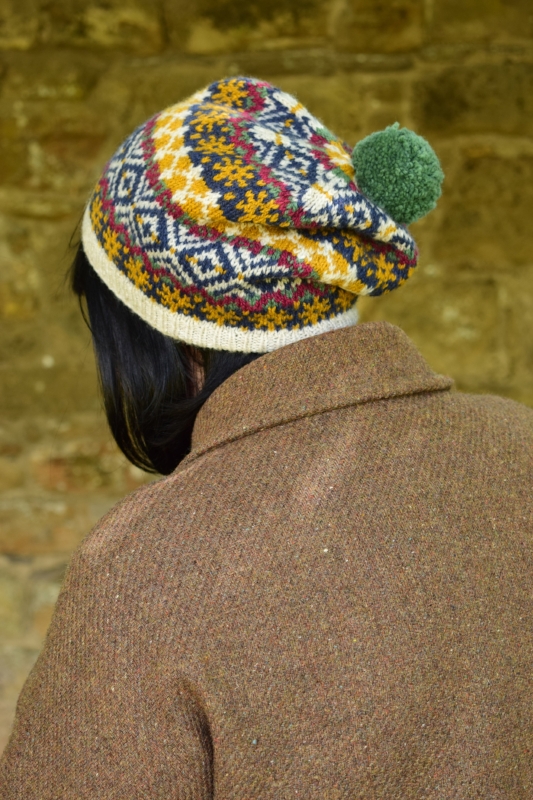We interrupt the This Thing of Paper pattern previews with some important news.
Due to overwhelming demand, we are almost sold out of This Thing of Paper. This means that Friday, December 1st, 2017 will be the last day before Christmas that you can order from our website.
We are currently packing and shipping books as fast as we can. Crowdfunder copies are shipped first, with pre-orders following hard on the heels. We’ve received a number of emails asking if a specific copy has shipped yet or if a specific copy can be shipped ahead of others. Please note that each of these queries take as long to resolve on our end as it takes to pack & ship 4 parcels! We want to get your book to you as quickly as possible — and the best way to ensure that is simply by being patient. Thank you for understanding!
We are working on getting a list of stockists up - we have stockists across the UK and Europe (and we are waiting to hear if US stockists are confirmed). The webshop will reopen on January 8, 2018 with the last remaining copies (and some other stuff), and we are looking into a second print run for 2018.
Book launch parties will take place in Edinburgh on November 30 and London on December 3. Both places have a signing session with Karie from 3pm to 4.30pm and a special crowdfunder event from 5pm-6.30pm. We hope you can join us.
Team Bookish — Karie, Dave, and Penny — want to thank you for the incredible response to This Thing of Paper. The interest is far beyond what we imagined and this continues to be an amazing adventure.
Thank you so much x


















